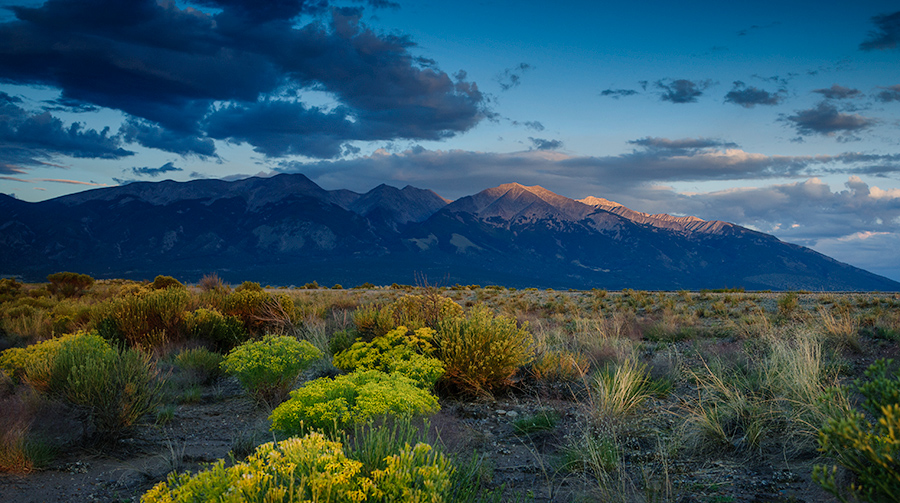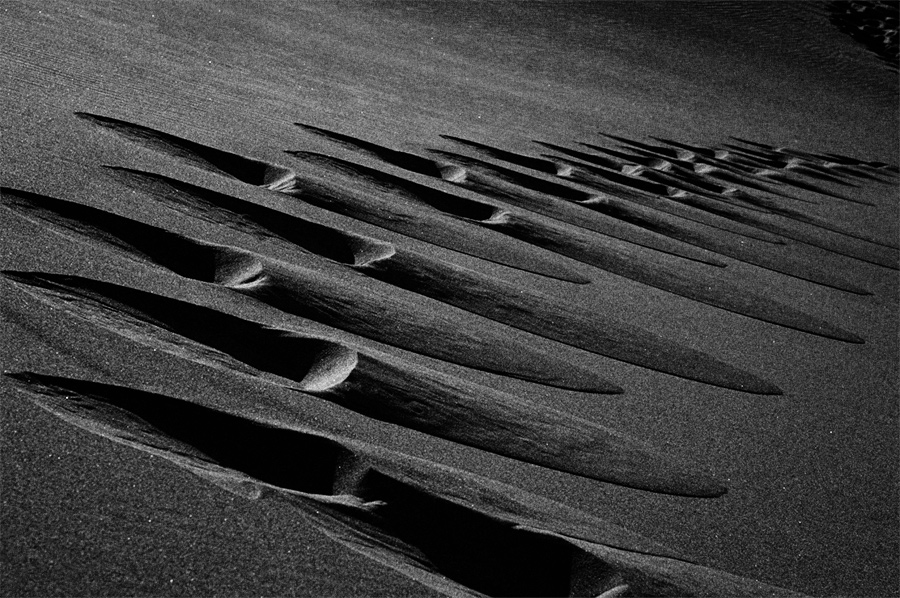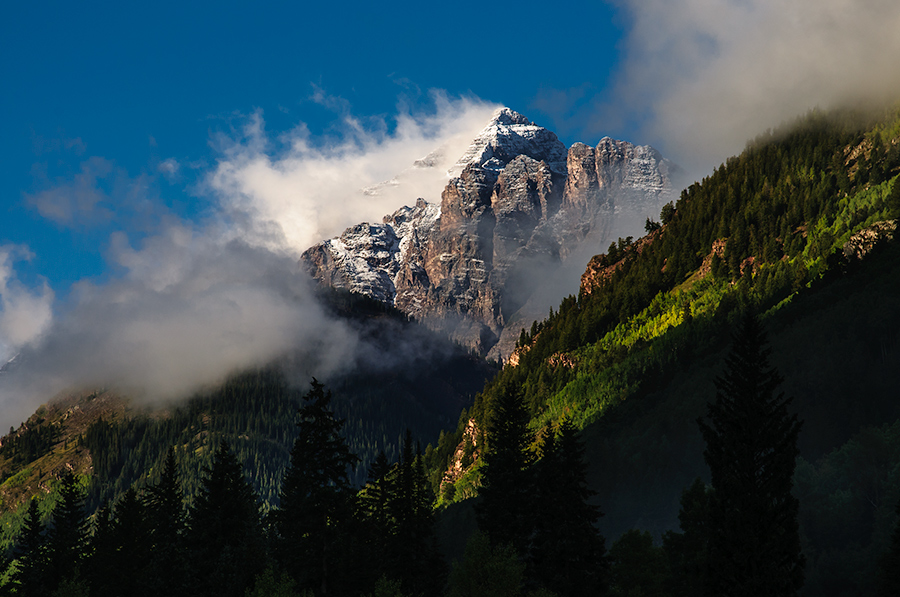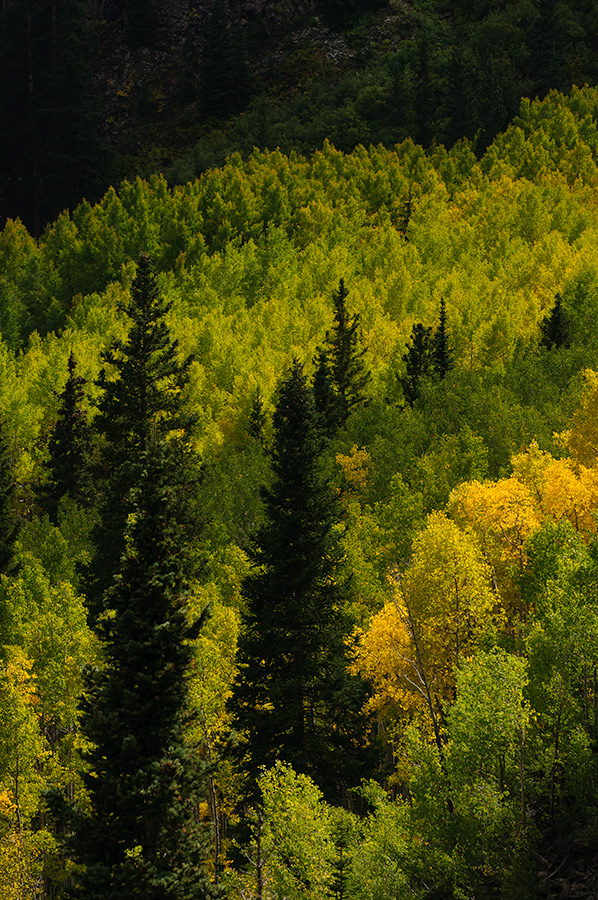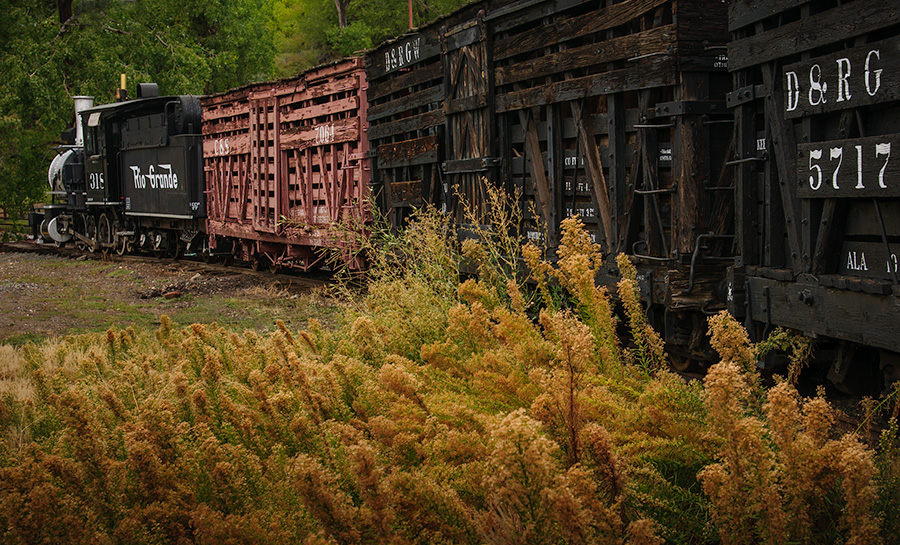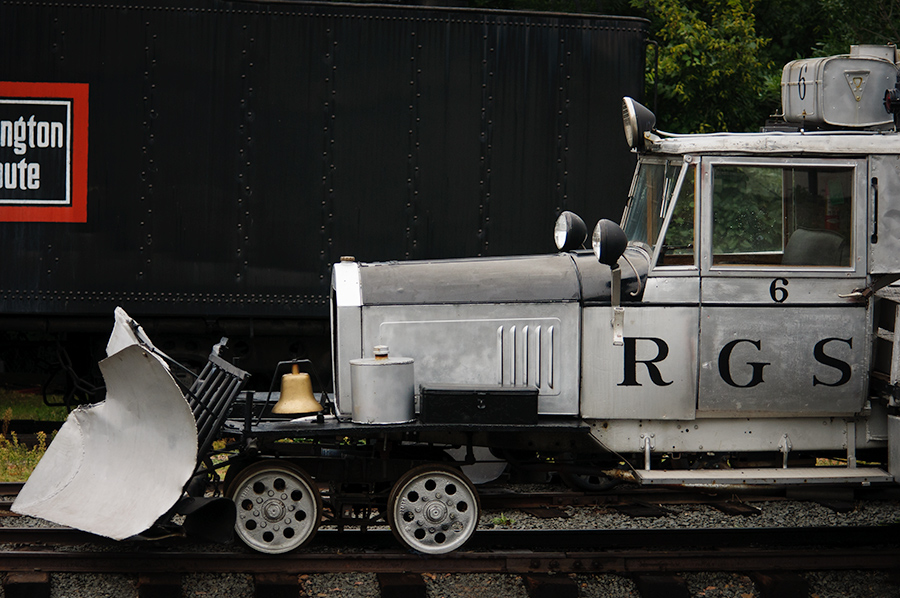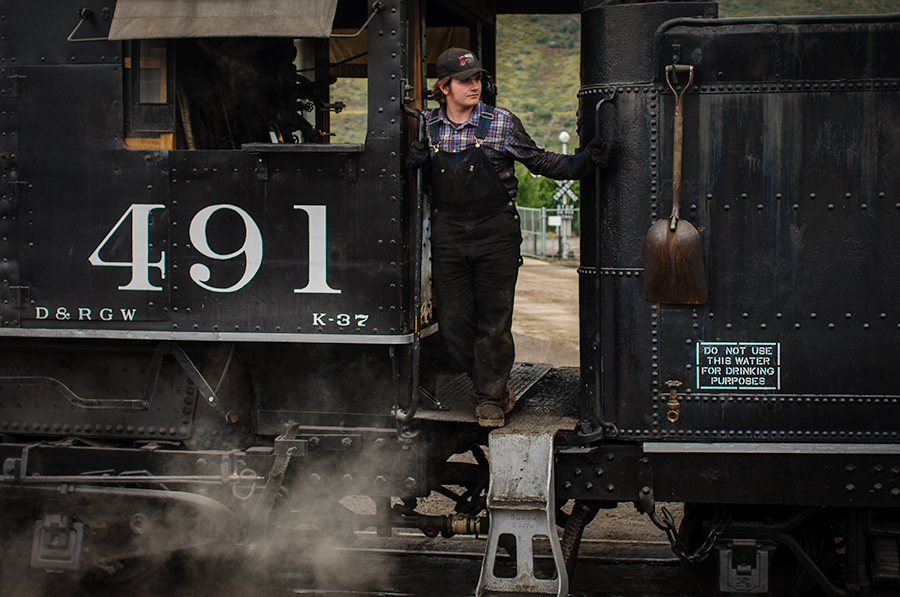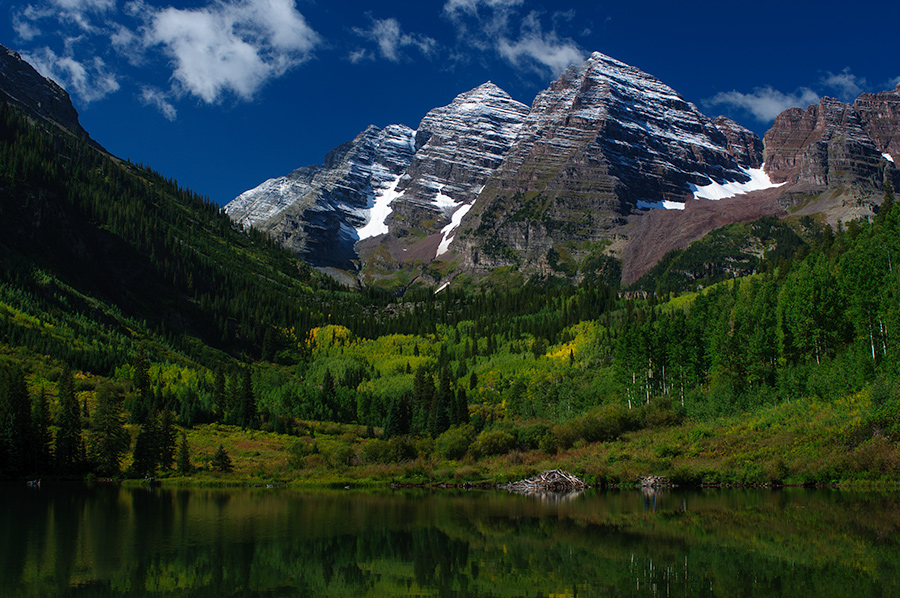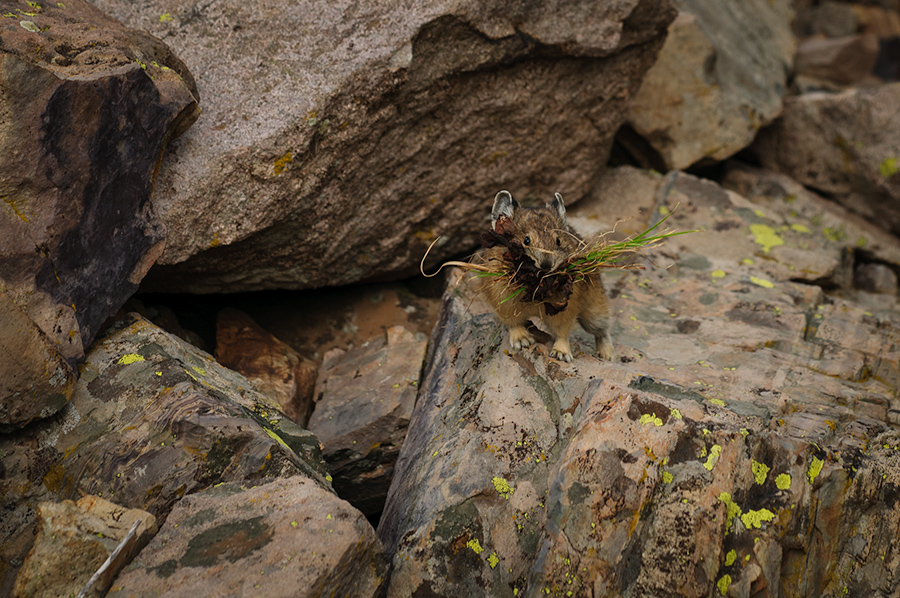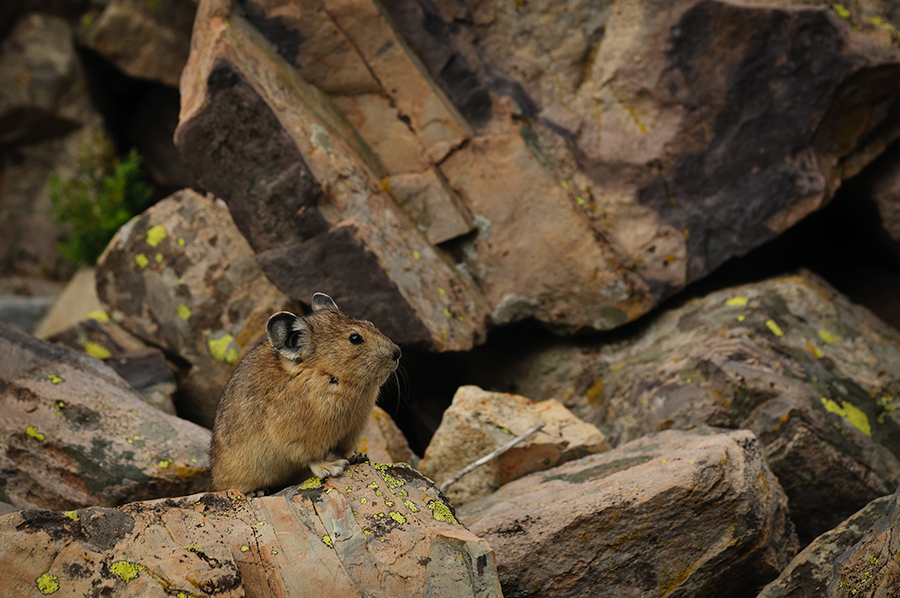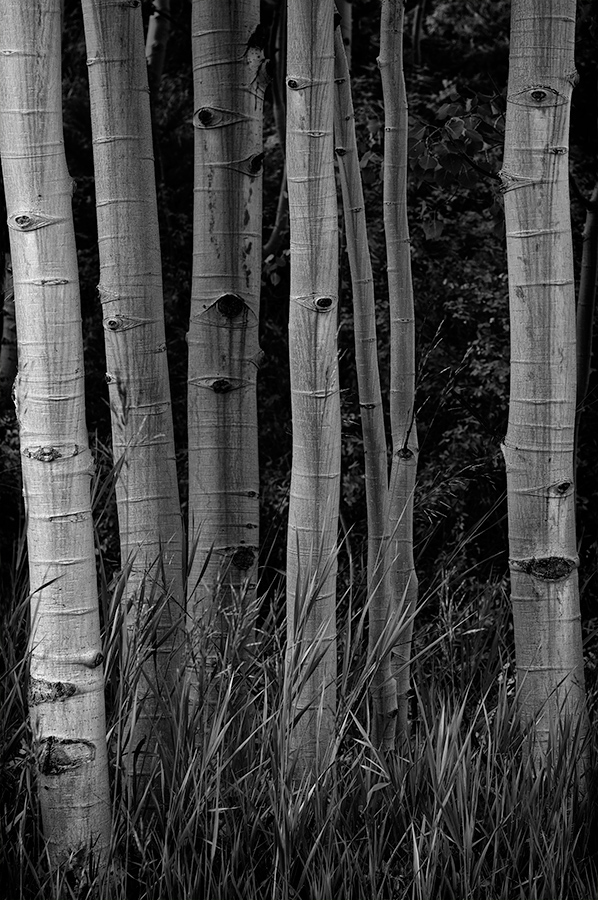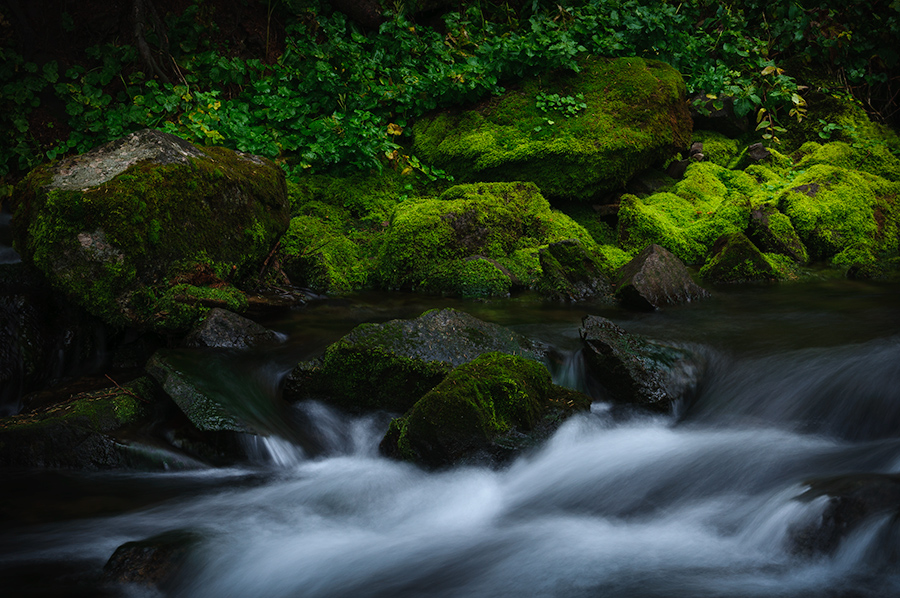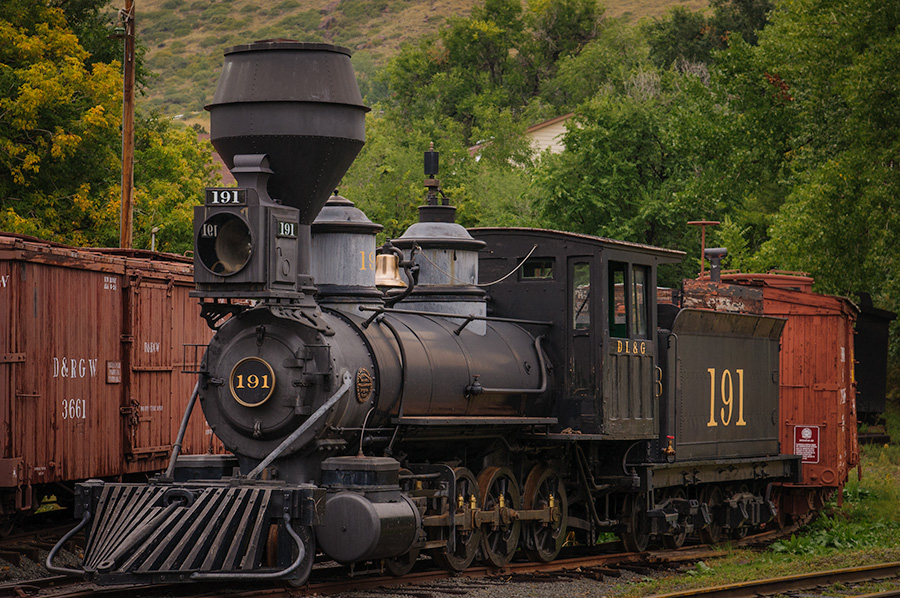
The tip came already some time ago from my German photography friend Maren Arndt. Don’t miss the Railroad Museum in Golden, if you are in this part of Colorado! Well, we finally used the last day of our journey through the southern and central part of Colorado for a visit. The kids were already back in school and so there were not very many visitors beside us. Good for photography in such a place! ;-)
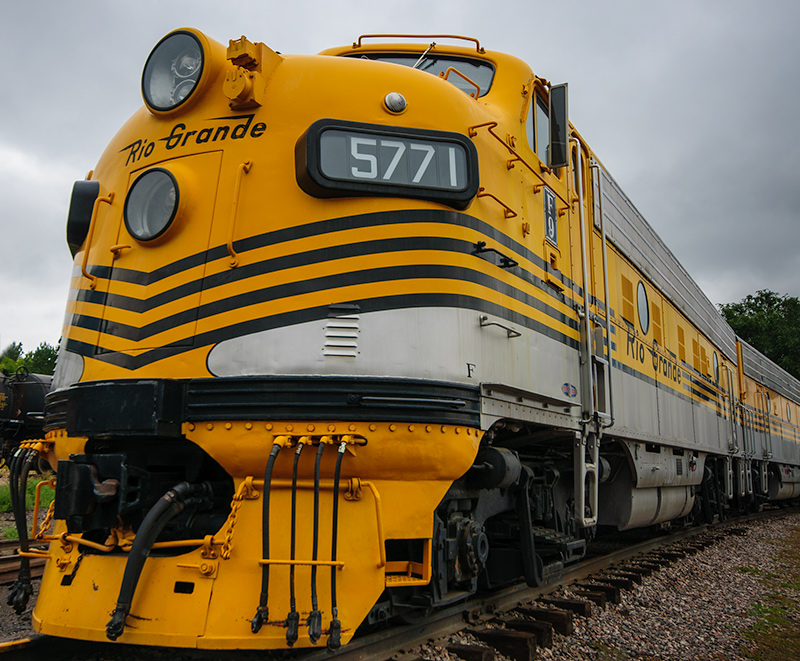
I grew up in Germany traveling by trains that were pulled by steam locomotives. The smell of smoke and coal and the noise of the steam engine are deep in my memories. As a kid I often stood together with my grandpa Willy Stock on a bridge, west of the train station in my home town Bautzen, and we watched the busy traffic in the train yard. I don’t know if this had somehow influenced my decision to become a mechanic, and later a design engineer, but the technical and logistic side of railroads have always fascinated me. Going to the Colorado Railroad Museum stirred up all these good memories and I felt a little like a kid in a candy store…
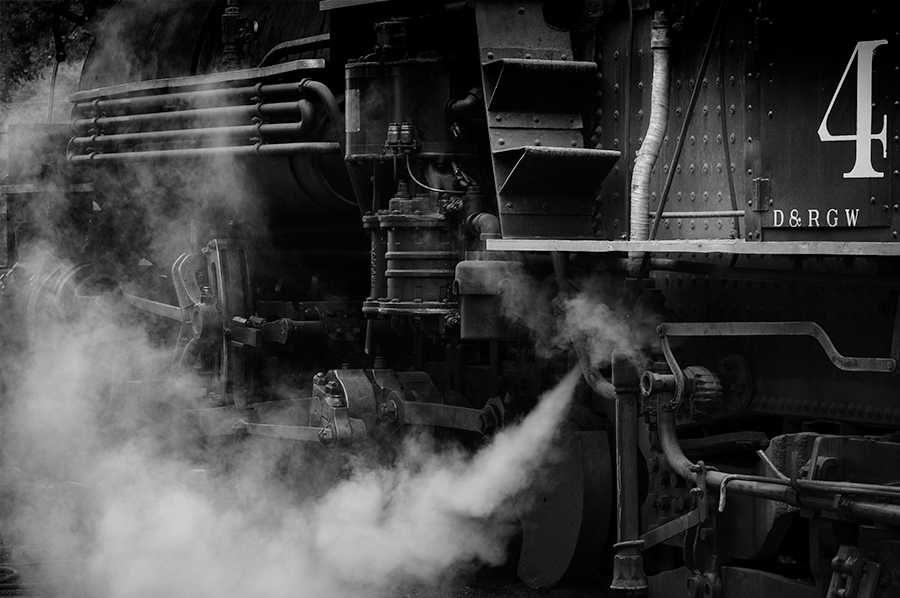
I could bubble here about the technical aspects to make photos in a museum, but who cares? The bottom line for my style of photography is to keep the elements out of the frame that cry “museum”. I just want my images to tell the story about railroad heritage.
A last word about the people that work or volunteer in the railroad museum. We hear these days a lot about passion, passion in life, passion about photography, you name it. Everybody we had a conversation with in the museum, from the people at the reception desk and in the museum store to the engineers that kept some of the locomotives running, they all had a spark in their eyes, the spark of passion for railroad heritage… Love it!
